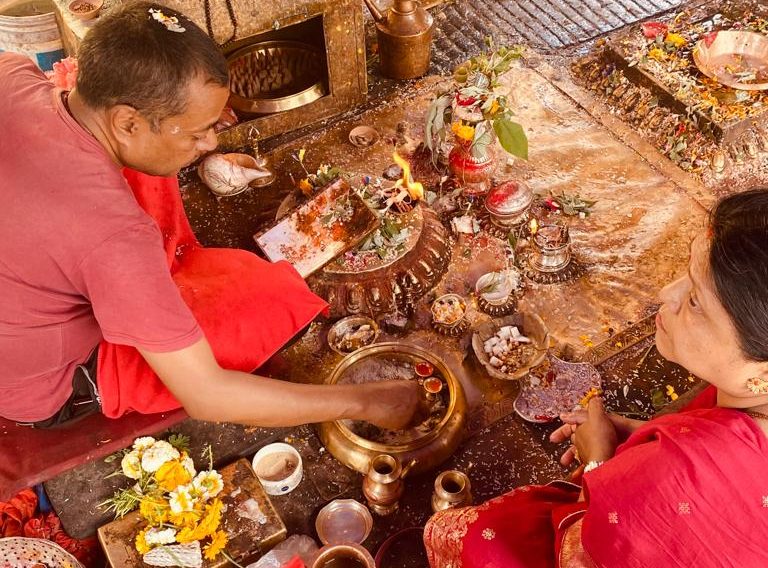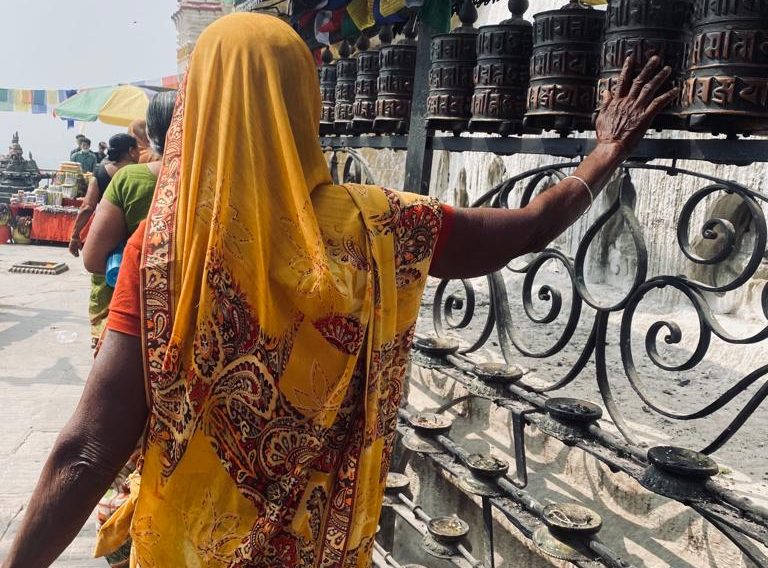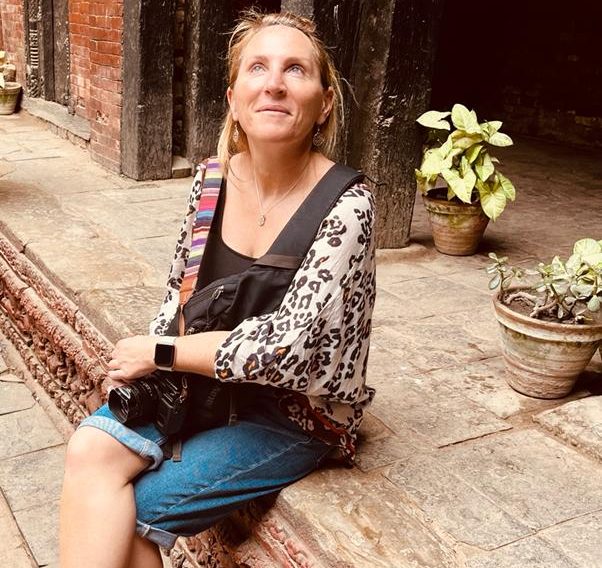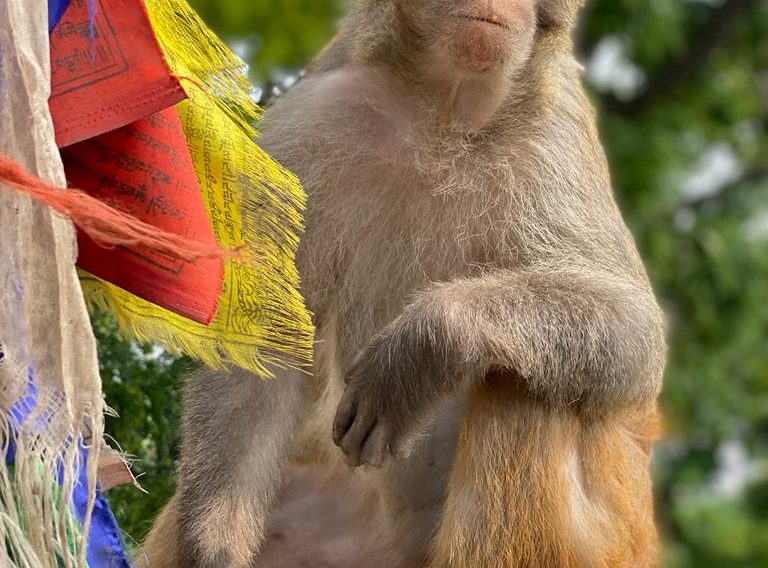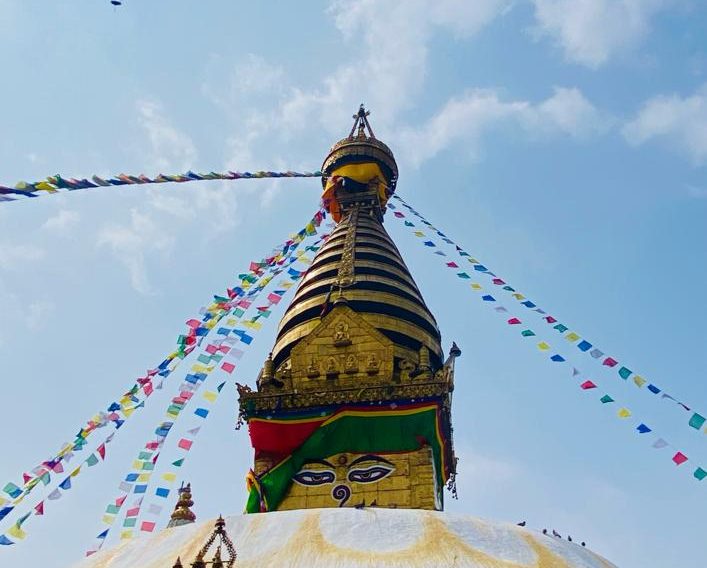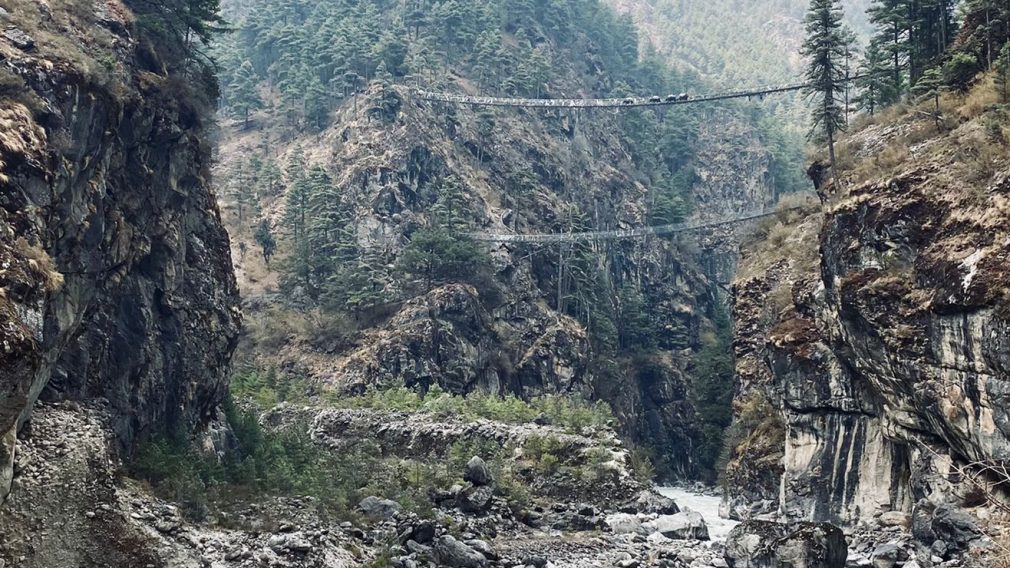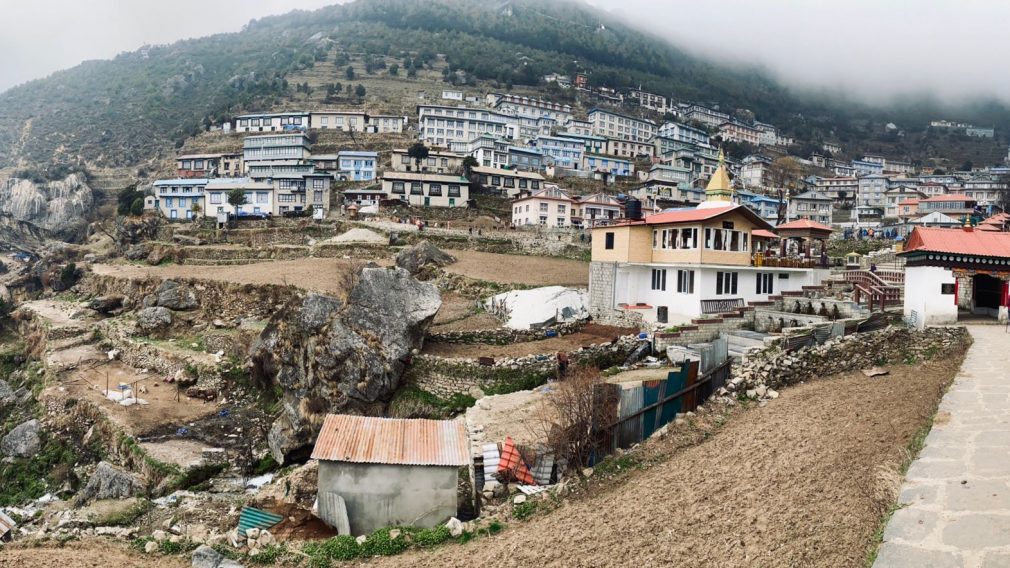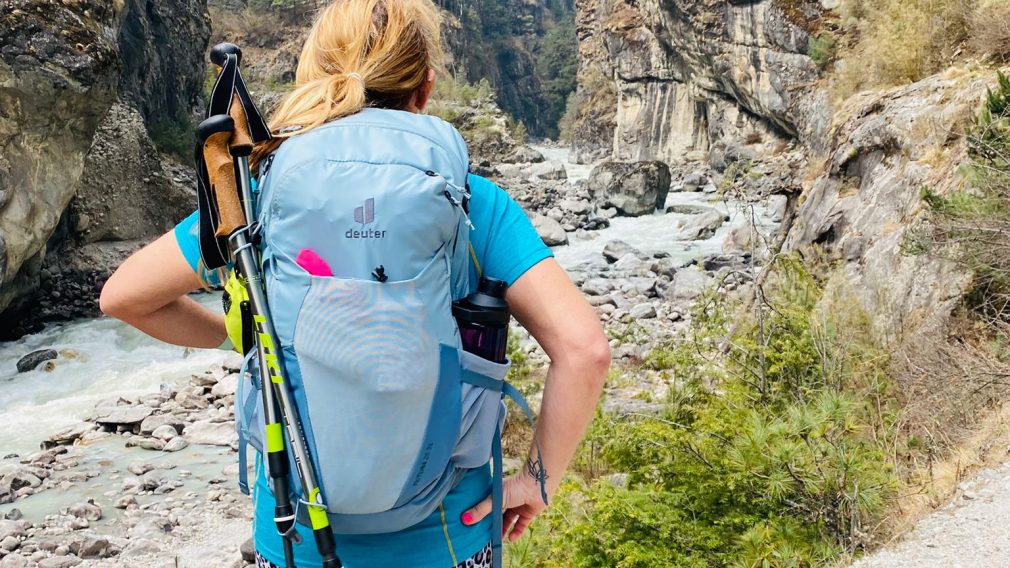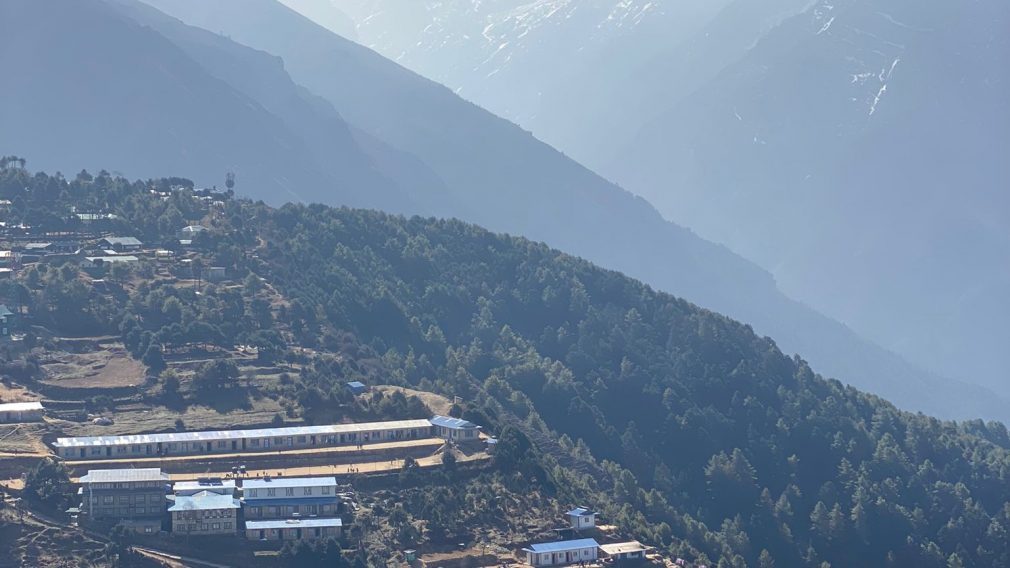Woman Vs Everest
CAMILLA IS TREKKING TO EVEREST BASE CAMP IN AID OF THE MARYLEBONE PROJECT
WATCH: The Challenge…
WATCH: Challenge Complete!
£5 Could Provide Food & Essential Items for a Homeless Woman
£47 could provide 1 Night of Emergency Accomodation
£94 could provide 2 Nights of Emergency Accommodation
The Journey to Everest Base Camp…
TOTAlISER
£17,155
1 Year of Emergency Accommodation
£16,027
11 Months of Emergency Accommodation
£14,570
10 Months of Emergency Accommodation
£13,113
9 Months of Emergency Accommodation
£11,656
8 Months of Emergency Accommodation
£10,199
7 Months of Emergency Accommodation
£8,742
Half a Year of Emergency Accommodation
£7,285
5 Months of Emergency Accommodation
£5,728
4 Months of Emergency Accommodation
£4,728
3 Months of Emergency Accommodation
£2,914
2 Months of Emergency Accommodation
£1,457
1 Month of Emergency Accommodation
£987
3 Weeks Days of Emergency Accommodation
£658
2 Weeks Days of Emergency Accommodation
£329
7 Days of Emergency Accommodation
£47
1 Night of Emergency Accommodation
£5 Could Provide Food & Essential Items for a Homeless Woman
£47 could provide 1 Night of Emergency Accomodation
£94 could provide 2 Nights of Emergency Accommodation
The Route
| Date | Itinerary |
|---|---|
| Friday 1 April | Fly from Manchester |
| Saturday 2 April | Land in Kathmandu, Nepal |
| Sunday 3 April | Trek prep in Kathmandu |
| Monday 4 April | Fly to Lukla & trek to Phakding |
| Tuesday 5 April | Trek to Namche Bazaar & enter Sagarmatha National Park |
| Wednesday 6 April | Acclimatisation Day |
| Thursday 7 April | Trek Namche Bazaar to Tengboche |
| Friday 8 April | Trek Tengboche to Dingboche |
| Saturday 9 April | Acclimatisation Day |
| Sunday 10 April | Trek to Lobuche (including Memorial Hill of Sherpas and climbers who have perished on Mt Everest. |
| Monday 11 April | Arrive at Mt. Everest Base Camp |
| Tuesday 12 April | Trek to Kala Pattar Pheriche back to Pangboche |
| Wednesday 13 April | Trek to Namche Bazaar |
| Thursday 14 April | Trek to Lukla |
| Friday 15 April | Fly back to Kathmandu |
| Saturday 16 April | Fly from Kathmandu |
| Sunday 17 April | Arrive back in UK |
Meet Camilla
Meet Camilla
“Anyone who knows me, knows I love a challenge! At the start of April, I am doing Everest Base Camp – two years in the planning (before Covid was even a thing!) – it’s all getting very real and exciting now!
With c. 58 hrs walking on the cards to get me to EBC and the potential challenges of altitude sickness, what is going to inspire my every step?
The inspirational women of the Marylebone Project – the largest women’s only homeless project and 24/7 drop-in centre in the UK.
Through my work, I have been humbled to get to know so many vulnerable homeless women who benefit from the amazing work of the Project, learning about their own personal challenges, and how the work of the Marylebone Project has literally transformed their individual journey – grown their resilience, repaired their self-esteem, equipped them with skills for the future and given them safety and hope.
A piece of artwork in one of the communal areas at the Marylebone Project features the pertinent message –
‘the best views comes after the hardest climb’
Life presents challenges, it is fragile and an individual journey can literally change over night. But with courage, determination and the right care and support challenges can be overcome and journeys changed.
I hope you can get behind my challenge and support the work of the Marylebone Project in profoundly changing the lives of vulnerable, homeless women in crisis.”
Donate to my Fundraising Total HereMeet Mount Everest
Meet Mount Everest Base Camp
Mount Everest is a peak in the Himalaya mountain range. It is located between Nepal and Tibet, an autonomous region of China. At 8,849 meters (29,032 feet), it is considered the tallest point on Earth. In the nineteenth century, the mountain was named after George Everest, a former Surveyor General of India. The Tibetan name is Chomolungma, which means “Mother Goddess of the World.” The Nepali name is Sagarmatha, which has various meanings.
Climbing Mount Everest has become a popular expedition for mountain climbers. However, t is a dangerous undertaking. Climbing Everest requires a lot of experience mountaineering elsewhere, as well as a certificate of good health, equipment, and a trained Nepalese guide. The snow and ice on the mountain create deadly hazards like avalanches, and there is only a limited climbing season due to bad weather conditions. But perhaps the biggest danger is the altitude. Most climbers are not accustomed to the high altitude and low oxygen levels and rely on bottled oxygen they bring along. This is why the area above 8,000 meters (26,000 feet) elevation on Everest is called the “death zone.” Climbers who spend long periods in this region can develop altitude sickness and even brain swelling.
Words Courtesy of National Geographic.
Map courtesy of Evertrek.
